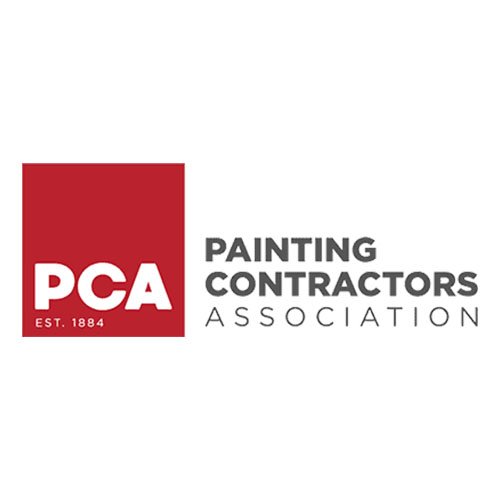When you’re deciding where to put your hard-earned cash, one solid approach is to invest it in things you spend the most time in contact with. For most of us, those are simple: our bed, our shoes, and our floors!
If you’re trying to raise both the aesthetics and the comfort level of your home, you may already be considering your flooring options. But once you’ve narrowed the choice down to the timeless appeal of hardwood flooring or the stunning look of tiles, it may be hard to know where to go from there.
Luckily, we’ve got you covered. There are a few important factors to weigh as you make your decision, so read on to know what to consider.
Available Options
For most homeowners, the first factor to consider in your flooring choice is, understandably, the floor’s appearance! Both hardwood and tile flooring come in a number of timeless varieties that make them great options for your home.
Maintenance
Both tile and hardwood floors can stand the test of time with proper maintenance, which is why we still find homes that are decades or centuries old that still have their original flooring!
Hardwood floors will often simply need an occasional cleaning with a broom, vacuum, or floor cleaner. However, they can be hard to scrub or deep-clean at times, as you’ll need material-specific products to avoid damaging the surface.
In addition, it isn’t hard to refinish your hardwood after it shows signs of wear and tear. However, you’ll need to pay careful attention to the wood type, as not all types of wood can be refinished indefinitely. You may need to replace certain options, especially engineered hardwood, instead of refinishing them.
Most tile floors, on the other hand, are fashioned from hard, nonporous surfaces that are easy to mop and scrub. You may have to pay special attention to natural stone tiles via special cleaners, but you won’t need to worry so much about damaging the surface.
Many types of tile are easy to refinish, especially cement tile, if your floor starts to show wear and tear.
Durability
Despite its name, hardwood is still soft enough to wear and scratch over time. Household wear and tear can leave your hardwood looking dull and worn in areas, requiring frequent refinishing in high-activity homes.
Tile floors, as you might expect from their hardness, are very scratch-resistant. This doesn’t make them immune to all damage, however: you’ll still need to be careful not to drop heavy objects onto your floor, as you can cause the tile to chip or fracture.
Optimal Location
When wood comes into contact with moisture, it tends to contract and expand. This can cause even solid hardwood floors to warp and buckle over time. As a result, it’s best to keep hardwood floors out of water-prone areas like kitchens or bathrooms.
Tile, on the other hand, is water-resistant—which makes it a perfect choice for those same areas. Certified porcelain tile, in particular, must have a water absorption of 0.5% or less, making it one of the best options for wet areas in your home. If you want the look of wood in your bathroom or kitchen, however, you may want to opt for a tile floor that mimics the look of natural wood!
Slip Resistance
The hard, smooth surfaces of both hardwood and tile floors can make them more slippery than other flooring options at times—but what does that mean for your household safety?
Being slightly softer than tile, hardwood tends to be less slippery, even than wet.
That said, tile floors come in a wide range of options, and you may be able to find a look and feel you’re comfortable with. Unglazed options are often less slippery than glazed tiles when wet, for example. You can also consider the tile’s Coefficient of Friction rating, which each manufacturer should specify in the flooring’s literature.
Noise Levels
Both wood and tile floors can be noisy, especially when compared to softer options like carpeting.
Hardwood floors may be quiet in the years after installation, but they’ll begin to creak and groan as they age and settle with the rest of your home. However, because wood is softer than tile, it still tends to absorb more noise.
Household Makeup
Considering who will be using your floors is just as important as what they look like!
If you’re looking for a kid- and pet-friendly option, for example, tile may be the clear winner: it’s more forgiving of constant spills and accidents, pet claws, and dropped objects.
If you’re looking for an option that’s easy on the joints of an older household member, hardwood has a little more give, and it’s also warmer on the feet.
Costs of Tile vs. Hardwood Flooring
As mentioned above, the variety of choices for tile and hardwood can seem almost endless—which can make it hard to compare costs. However, in general, hardwood flooring can cost more per square foot, especially when you add in any special maintenance or refinishing in the future.
Find the Perfect Flooring for Your Home
Both wood and tile are durable flooring options that will last years, adding timeless beauty to your home. Considering the needs of your household and the look you want can help—but the choice is a difficult one!
If you need a little more support while you weigh your specific options, the team at Ulta Home can help. We can consult with you about the right material for any area of your home, and we’ll do an expert installation of your flooring for a hassle-free process. Contact us today, and let’s do something amazing together!








